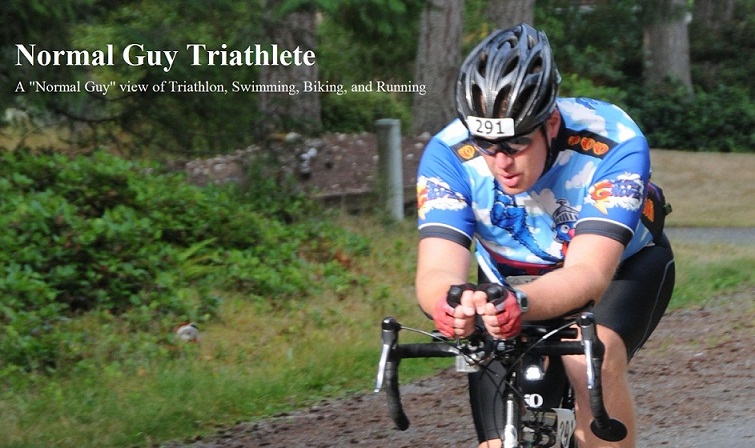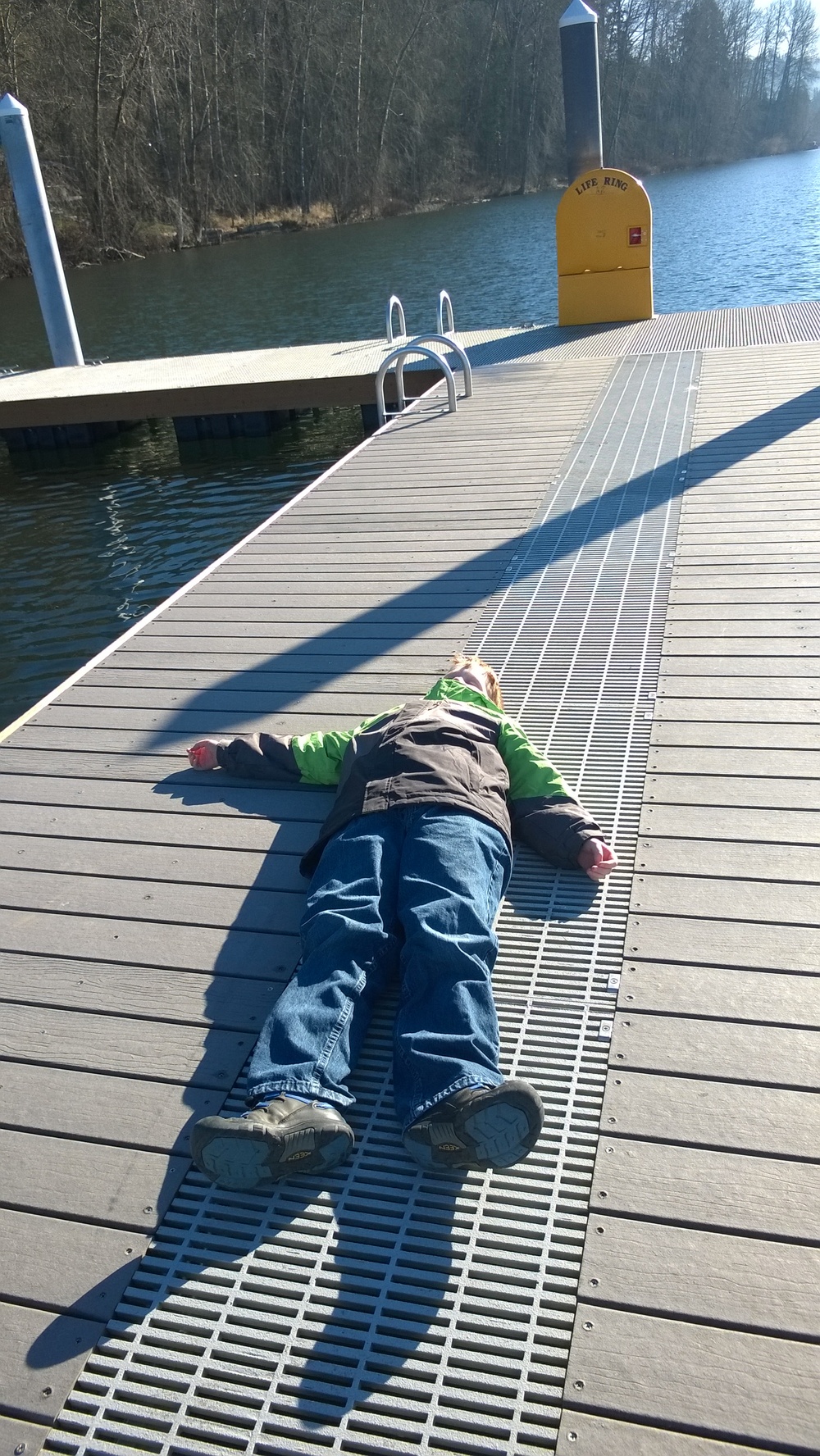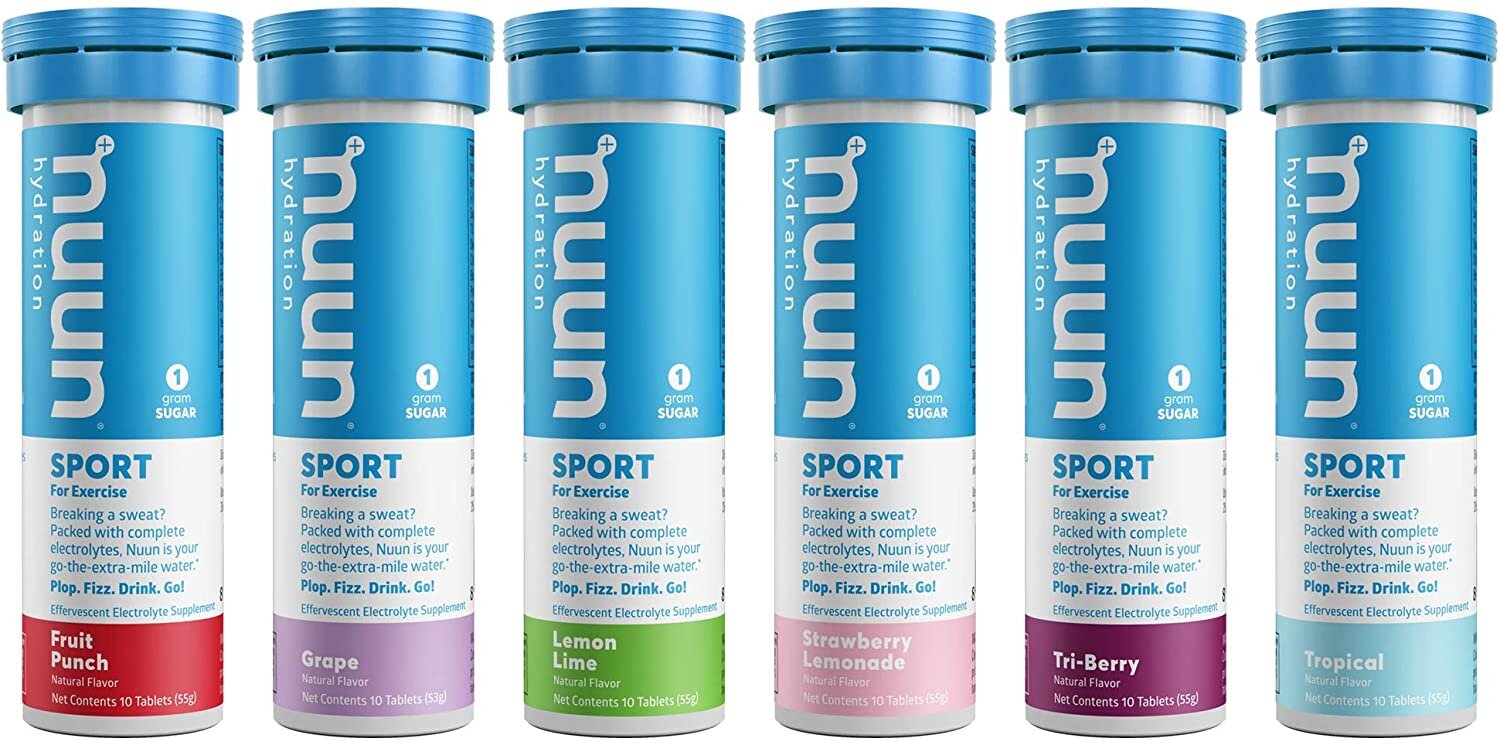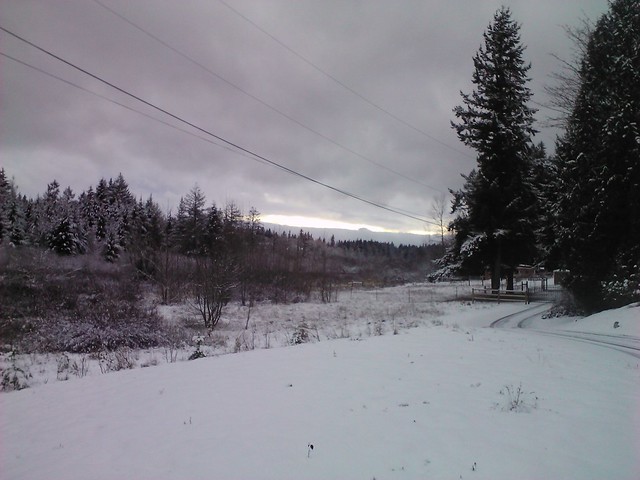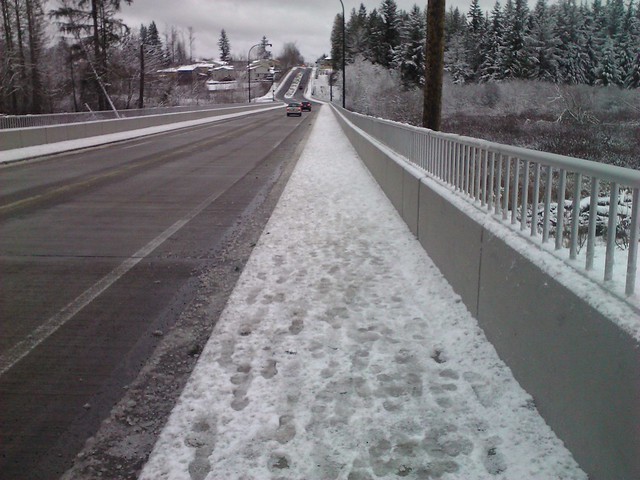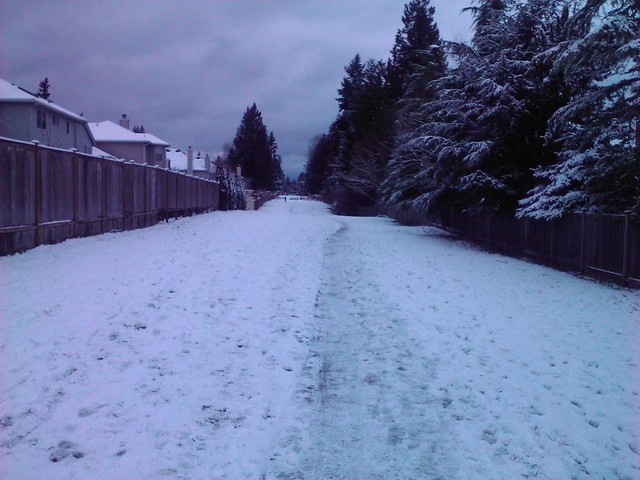The other day I was watching Magnum P.I. on Netflix, something I used to do with my family when the show was in its original run in the early '80s. Yes, my Netflix queue is full of shows like MacGuyver, Knight Rider, Highlander, etc. What caught my eye is that in episode 18 of season one, the season finale, Magnum competes in the Ironman!
OK, it's not exactly the Ironman Championship in Kona but it is close enough.
SPOILER WARNING: KEY PLOT POINTS DIVULGED. If you haven't yet seen this episode (season 1, episode 18), I highly recommend trotting over to your streaming provider of choice and check it out. The entire series of Magnum P.I. is available on Netflix as of Nov. 1, 2014.
Episode Details
Title: "Beauty Knows No Pain"
Guest Stars: Marcia Wallace (Barbara "Babs" Terranova), Jim Weston (Roger)
Air Date: 16 April 1981
Plot summary
Magnum is hired by Babs to find her missing fiance Roger. She cannot afford to pay for his services for more than one day. Her fiance is... blah blah blah... he needs to find a guy who is also being chased by some other shady characters and the best way to find/save him and the girl is to participate in a triathlon. Cool!
Race Summary
First off, the events are in the wrong order (swim/run/bike) but we'll overlook that and call it creative license. If they did put them in the right order, and called it the Ironman, the producers would have probably had a disagreement with the M-Dot guys (were they even enforcing the brand in 1981?). It fits better in the plot that way because a bicycle race is much more exciting than a foot race: they can do a quick montage of the swim and run while focusing more on the bike.
Training
He runs and swims often, as shown in just about every episode of the TV show, including the opening credits. He frequently does sea-kayaking (surf-kayaking), snorkeling, and is seen playing basketball, softball, and, my favorite, running from the resident guard dogs at the Robin Masters Estate. Overall he is in good shape.
Pre-race
They don't show packet pickup but they do show a Hawaiian band and hula dancers greeting the athletes. This scene also shows a banner with the name of the race, "The Iron Man Classic".
Copyright 1981, Universal Television, Glen A. Larson Productions
The racers do have their numbers written on their shoulders. Magnums's number is 62.
Rick and TC give him a thorough pre-race rubdown while Babs, acting as his "trainer" shoves a salt tablet in his mouth.
Copyright 1981, Universal Television, Glen A. Larson Productions
They line up for a mass start and are off!
Copyright 1981, Universal Television, Glen A. Larson Productions
Swim
The first thing I noticed was that the swim was done VERY close to shore, within 75 feet (20-25 meters). The race distance was 5 miles?!?! (not 2.4) He swims without a wetsuit or swim cap, as do almost all the racers, which makes me wonder how much drag is created by his hairy chest and long hair. He does wear goggles with clear lenses.
His stroke isn't too bad and he breathes on every left stroke. His form is wonderful compared to some competitors who swim with their heads completely above the water.
From the start line, Rick, TC, Higgins, and Babs drive along the course in the Island Hopper van to meet Magnum at T1. Here the race team experiences a problem known to many triathlete spectators...
TC: "Which one is he?"
Rick: "He's right there! Can't you see?"
They then show a wide shot of the swimmers coming in to shore and it is not clear where Magnum actually is. The swim is typically the least exciting part of spectating at any triathlon. At least the band and hula dancers are there as well.
T1
The first transition area is a picnic table in the sand, with all his gear brought in by his transition team of Babs, HIggins, Rick and TC. The general public are in and around T1 area, which is not closed or marked in any way. Babs is in charge of his "4 ounces of glucose", TC is in charge of towel, tank top, and shorts, while Rick is handling socks, shoes, and foot powder (!). Rick and TC hold up a towel while Magnum changes his shorts. Higgins attempts to encourage Magnum by giving a rousing speech describing the Greek battle at Marathon as Rick and TC help Magnum on with his socks (with foot powder!) and shoes.
Copyright 1981, Universal Television, Glen A. Larson Productions
As he sets out on the run Babs shouts, "Knees to chest!" A comment no doubt to remind him of his run technique.
Run
The run goes along beautiful roads and paths with views of the surf. The entire run in a short montage and moves directly into the bike. During the montage Magnum does a voice over to advance the plot. It is here where we get the title of the episode, where Magnum talks about how he had to try hard because "Beauty knows no pain."
Copyright 1981, Universal Television, Glen A. Larson Productions
T2
Not shown as the montage flows seamlessly from run to bike. Apparently T2 happens but we don't see it. I can only imagine it was like T1.
Bike
Earlier in the show Higgins announces that Magnum will be sponsored by Robin Masters, who will buy him an "Italian Racing Bike", which the internets say is a Bianchi with the decals removed. Magnum's helmet is a typical 80's minimal style (foam core with plastic). Most of the bike course is not closed, moving through "Austin Memorial Gardens" near Waimea Falls Park O'ahu. Inside the garden they have to dismount to walk over a bridge then ride across some packed dirt, not an ideal road bike course but perfect for Cyclocross.
Copyright 1981, Universal Television, Glen A. Larson Productions
At one point during the bike leg TC counts the riders in front of Magnum and determines he is in 14th place. At that exact point Magnum has figured out a major plot point, thanks to something Higgins says, he decides to turn around on the bike course to go back into the garden to save Roger. As such he never finishes the race. As he gets off the bike he is quite tired and can barely walk, as would be expected after such a ride.
Copyright 1981, Universal Television, Glen A. Larson Productions
Post Race
After a scuffle involving Roger, Magnum, Babs, and a guy with a gun, Higgins points out that "you know you have no chance of winning." Magnum, now holding the gun, looks at Higgins, then at the pistol in his hand, and back at Higgins as we fade to black.
Magnum is then seen resting in the main house of the Robin Masters Estate with his feet on ice as they watch the news highlights of the "Iron Man Classic". They see footage of Magnum riding backwards on the course, much to TC's chagrin, until the news reporter compliments the rider on his resolve and repeated mentions Island Hoppers, TC's tour company, and shows the logo on Magnum's jersey.
Where might he have placed?
Swim: As far as swimming goes his stroke is slow, short, but not terribly inefficient. Hmmm, sounds like me? His pace would easily put him in the rear 2/3 of the pack. The footage gives no visual perspective of where he might be.
Run: Magnum claims he can "run 8 miles a day in under an hour". That puts him at a 7:30 mile pace, which is moderate but not in contention to win the race. If he could hold that pace for a marathon (doubtful) he would have a 3:16 split, which would have been faster than the real 1981 winner John Howard by about 6 minutes, and only 9 minutes slower than the Men's run best in 2013, Joe Kashbohm at 2:59:48. What is more likely is that he was doing 8:30-9 pace, which would make his run split 3:45-3:55, squarely in the middle of the pack.
Bike: As stated previously, he was 14th up until the point that he turned around. We aren't shown at what point he did turn around so we cannot gauge how much he had left at this point. Based on his swim and run pace as well as his 14th place observation he was no doubt moving up the field. If this is the case he may have finished in the top 10 or just outside it.
Conclusion/Lessons learned:
An Ironman can be a great place to get away from it all and solve an attempted murder case.
Even guys with shaggy hair and a big 80s mustache can get a top-20 finish at Ironman.
Sometimes the most boring person in your life (i.e. Higgins) can give you the inspiration you need when you least expect it.
In the end, saving the life of a petty thief is more important than finishing an Ironman. Wait... what?
}B^)
